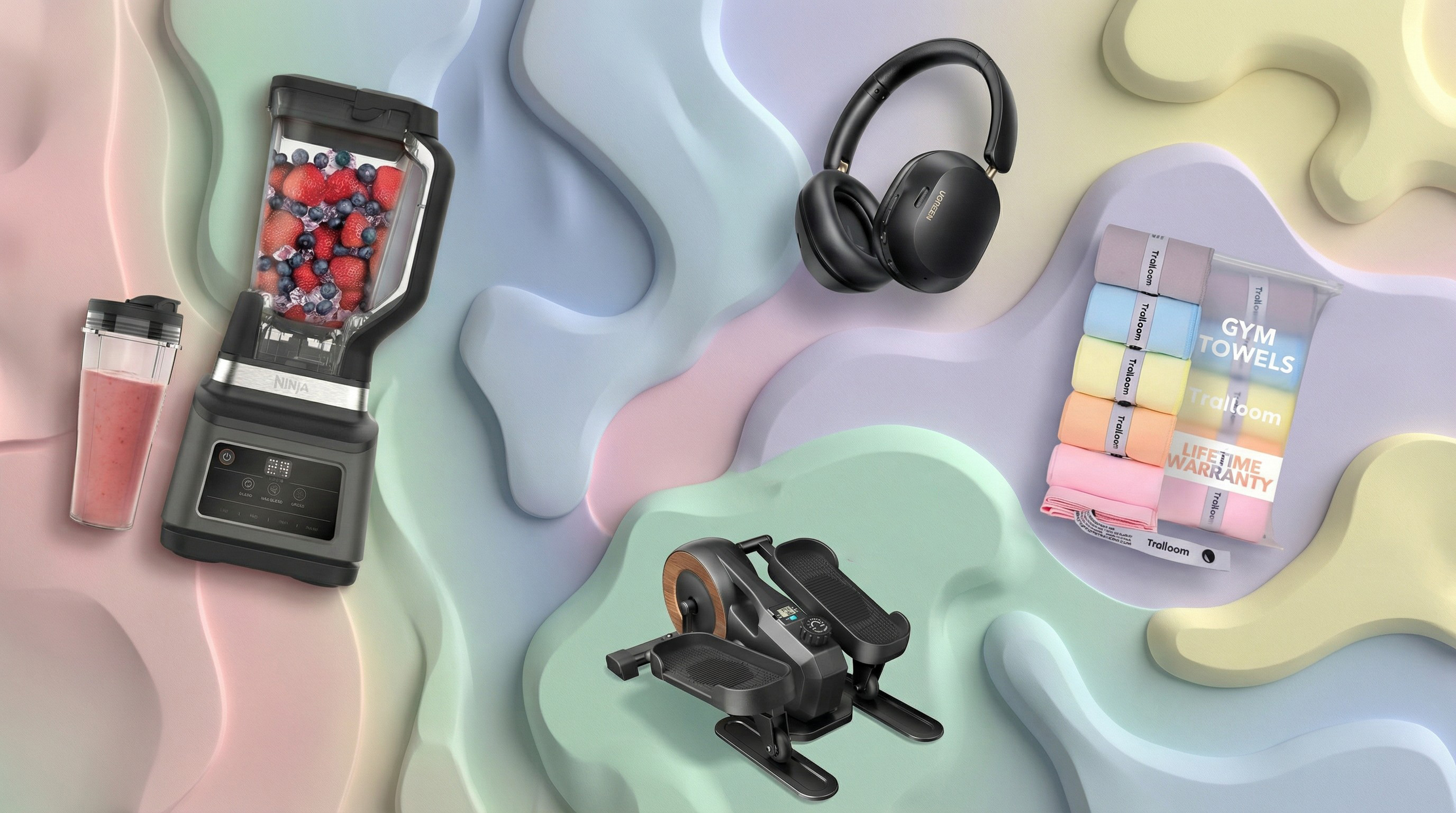Wake up and smell the roses. Even better – draw some
SPOV's Allen Leitch laments the fact that so many designers don’t seem to be able to draw
November 2009, and the competition is hotting up to be crowned ‘art world’s biggest chancer’ on BBC Two’s School of Saatchi. I can say with hand on heart that I seriously considered putting my boot through the telly – and it’s quite an expensive telly.
If anyone else happened to witness this debacle, I’m sure they too would have shared my shock and ire at the utter, utter, drivel being produced by the candidates for Saatchi’s patronage, and even worse was some of the fantastical codswallop being espoused in support of it. This particular episode centred around the young hopefuls’ life-drawing skills – or complete lack of – and their incredible arrogance in the face of said inability. Even more horrifying to me was the revelation that life drawing wasn’t even being taught in art schools any more.
Hopefully by now this abominable situation is being remedied because, for me, drawing from life (or, more impressive – being able to draw the human form accurately in the absence of a model) is the most technically challenging activity in which a visual artist can involve his or herself.
I might be behind the times as far as ‘high art’ is concerned, certainly in regard to conceptual art, but I do know that as far as design is concerned, a base level of traditional draughting ability is still an essential skill that is sadly becoming increasingly rare. In the process of design, it’s vital to be able to communicate ideas, investigate problems, illustrate possible solutions and to understand form. Drawing teaches you to see and understand how things fit together. It’s immediate, satisfying and – if properly looked after – permanent.
I was lucky enough to see the Leonardo da Vinci exhibition at the National Gallery in London earlier this year, and being so close to those priceless artworks was a very moving experience. Most impressive of all, for me, was being so close to a number of images created by the great man so many years ago. The vitality that leaps from the page is awe-inspiring, as is the dynamism of his thought processes. Any given study is accurate and detailed enough to grace a modern textbook, but to have a priceless life drawing share a sketchbook page with an architectural thumbnail sketch, or a design for some form of war machine, is what completely blew my mind. I’ve always been aware of these drawings, but to be so close to illustrations of the man’s mind at work left me feeling both elated and humbled.
Being invited to submit this opinion piece led me to thinking what the great man would choose to engage himself with in terms of design and creativity if he were practising in this day and age... Would he be a Mac or PC? Which operating system? He’d have to be using a graphic tablet of some sort, I’d imagine, and given that he’d no doubt be enjoying the patronage of the highest power in the land, he’d most definitely be using the biggest, fanciest one on the market, but what about software? My bet is he’d go straight for the Python manual and have his underlings do the dirty work of visualisation.
What about the great man’s great rival, Michelangelo? I’m pretty sure he’d be a wizard with Z-Brush. And Caravaggio would have worked wonders in a physical renderer. Monet’s Water Lilies scream Corel Painter to me, but Picasso’s ‘Guernica’ wouldn’t be half as impactful at 1920x1080. Shakespeare would have loved Final Draft, no doubt, and Dragon Dictate would have accelerated his output immeasurably. Tchaikovsky and Logic Pro? What would Saul Bass have made of Nuke, I wonder?
I do know that I’m a touch ‘old fashioned’; a smidgen long in the tooth (I revel in it). And I’m well aware that increasingly astonishing artworks are aided, if not entirely created, by technology. I see my colleagues do it on a daily basis. It’s just that being a pretty crappy draughtsman myself, I hold these abilities in supremely high esteem and I’d like to see a few more sketchbooks being employed. (And no – I’m not sponsored by Daler-Rowney.)
Perhaps I’m flogging a dead horse here? Perhaps digital technology will win out on ecological grounds? But for me, the immediacy of opening a sketchbook and attempting to make a creative mark is what’s seductive. Holding it in my hand, touching it, smelling it, rotating the page as required to create a fluid curve will always be preferable to the digital option (as long as paper is available). Take some time away from your computers to smell the roses, people. Maybe even sketch a few? On paper!
Daily design news, reviews, how-tos and more, as picked by the editors.

The Creative Bloq team is made up of a group of art and design enthusiasts, and has changed and evolved since Creative Bloq began back in 2012. The current website team consists of eight full-time members of staff: Editor Georgia Coggan, Deputy Editor Rosie Hilder, Ecommerce Editor Beren Neale, Senior News Editor Daniel Piper, Editor, Digital Art and 3D Ian Dean, Tech Reviews Editor Erlingur Einarsson, Ecommerce Writer Beth Nicholls and Staff Writer Natalie Fear, as well as a roster of freelancers from around the world. The ImagineFX magazine team also pitch in, ensuring that content from leading digital art publication ImagineFX is represented on Creative Bloq.
